What does your body type mean for losing fat and building muscle? Keep reading to find out.
A lot of the fitness and weight loss advice is generalized. It’s getting better as science and nutrition knowledge continue to evolve. But it doesn’t always “fit” just right for your specific situation.
While two differently shaped people will both do well following a healthy Paleo diet and lifestyle, we can’t ignore the fact that every body has a unique set of needs.
Understanding your body type—and how you’re likely to respond to food intake and exercise—makes it easier to tweak a few details and get closer to your fitness goals.
Body Types 101

Where did all this get started?
It began all the way back in the 1940s, when William Herbert Sheldon, an American psychologist, developed his theory. Every one of us, according to Sheldon, breaks down into one of three discrete body types (called “somatotypes”)—or a combination of the three (1). Genetics determine the variations of somatotypes among different people. [tweet_quote] An American psychologist identified 3 body types that can be determined by genetics.[/tweet_quote]
Sheldon’s research revealed some cool insights about emerging patterns in physical appearance. But some of the other pieces of his theory went off the rails quickly.
Remember I said Sheldon was a psychologist?
Well, after he identified the three somatotypes and how to classify them, Sheldon went on to claim how they each had certain personality traits and characteristics. He thought ectomorphs, for instance, were more inclined to be anxious and prefer solitude. Mesomorphs were courageous risk takers, and endomorphs loved food, comfort, and being social (2).
Other researchers have dismissed the psychological aspects of Sheldon’s somatotypes as speculation and shoddy science (3). But the physiological aspects are still useful today—with implications for your fitness.
Understanding Body Types Can Help You Reach Your Fitness Goals
Understanding your body type will help you make the minute adjustments needed to reach peak physical condition.
Here’s a quick rundown of the three different somatotypes and what you need to know:
Ectomorph
Think of an Olympic marathon runner. If there ever was a perfect image to sum up the pure ectomorph body type, that’s probably it! NBA basketball players come in a close second.
Think you might be an ectomorph yourself? Here are some of the tell-tale signs:
Characteristics
- A thin build.
- Difficulty putting on muscle and fat. Ectomorphs’ resistance to putting on fat is often seen as an awesome benefit, but it can be a double-edged sword. It’s also harder for them to build muscle. These are the “hard gainers” at the gym who might have to work longer and harder to see results.
- Extremely fast metabolism. Everyone has that friend who can eat practically anything and still not gain weight. Odds are, they’re an ectomorph!
- Long limbs.
- Narrow hips and clavicles. Ectomorphs have a lower bone mass overall than the other body types.
- Small joints. It’s common for ectomorphs to have small wrists and ankles.
- Very little muscle mass. The muscle ectomorphs do have a tendency to be lean and stringy.
Ectomorph Nutrition and Fitness Tips
If you’re an ectomorph, you’re probably looking to gain weight while almost everyone else wants to lose it. That makes your ideal nutrition and exercise program a bit different.
One of the biggest challenges for the Paleo ectomorph is simply getting enough calories. Paleo foods are nutrient-dense, which means they fill you up, but they are less calorically-dense than typical modern-day processed foods. So if you’re working out hard and trying to build muscle, you have to be mindful to make sure you eat enough to compensate for your super-efficient metabolism. [tweet_quote]If you’re an ectomorph, it can be harder to gain weight. Certain calorie-rich Paleo foods can help.[/tweet_quote]
You’ll probably be able to eat more carbohydrates (even starchy carbs) than other body types without gaining fat. The same goes for calorie-rich Paleo foods like avocados, olives, and nuts. Eating plenty of these foods will help give you the energy you need to work hard in the gym—without packing on fat.
How you work out might need to change as well. You might need to limit your cardio (which will only make it tougher to put on weight) and save your time and energy for strength training instead. Ectomorphs can see great results lifting heavy weights a few times a week and focusing on compound, multi-joint lifts—like deadlifts and squats.
Mesomorph
If you close your eyes and think of an athletic physique, you’re probably seeing a mesomorph. Lean, but muscular and well-proportioned.
Like the other body types, finding someone who fits perfectly into the mesomorph category is rare. Here are some of the signs:
Characteristics
- A medium-sized frame and bone structure.
- Long, round muscles.
- Narrow waist.
- Quick response to strength training. Mesomorphs can make fast progress in the gym or CrossFit box, packing on muscle without adding fat.
- Thinner joints.
- Wide clavicles.
Mesomorph Nutrition and Fitness Tips
Mesomorphs don’t have a whole lot to worry about, whether they’re trying to lose weight, add muscle, or both. They do well on a balanced diet with plenty of vegetables, protein, and healthy fats. They can’t eat a ton of carbohydrates without gaining weight (unlike pure ectomorphs), but they can thrive with a moderate carbohydrate intake or carb refeeds. Mesomorphs also have to be a bit more careful than ectomorphs with things like cheat days, alcohol, and other treats.
Mesomorphs can take a balanced approach with strength training and cardio. This will keep them lean and strong. [tweet_quote]Got the mesomorph body type? A combo of strength training and cardio is your cocktail of choice.[/tweet_quote]
One of the biggest dangers for mesomorphs is complacency. It’s easy to skate by on a naturally-athletic physique, which is exactly what a lot of people do once they get into the working world and give up sports and other activities. But even naturally-athletic types can put on fat and lose muscle without a steady commitment to a healthy lifestyle!
Endomorph

Here are the key signs of an endomorph body type:
Characteristics
- A blocky build.
- Difficulty losing excess fat.
- Easily puts on both muscle and fat.
- Hips as wide (or wider) than their clavicles.
- Larger bone structure.
- Short, thick arms and legs.
- Thick rib cage.
- Wide, thick joints.
Endomorph Nutrition and Fitness Tips
Endomorphs can pack on an incredible amount of muscle. But those big gains in the gym might come at a cost if they aren’t careful about their diets (4).
One of the key differences between endomorphs and other body types: they usually retain more subcutaneous fat. This is something to be aware of because carrying around fat makes you more susceptible to packing on more. As subcutaneous fat increases, so does insulin resistance (5). So endomorphs have to take care to avoid insulin-spiking foods and drinks. [tweet_quote]Ectomorphs should stay away from insulin-spiking foods and focus on protein, produce & healthy fats.[/tweet_quote]
Some of the worst insulin offenders are sugars and carbohydrates. If you have an endomorphic build, you’re probably best off following a low-carb version of the Paleo diet. Focusing on animal protein, produce, and healthy fats will get you the nutrients you need without the insulin spikes.
As far as exercise goes, endomorphs will probably have to do more cardio workouts to peel off stubborn fat. When they combine that with strength training, though, they can build a truly killer physique.
Most of Us Are a Combination of Different Body Types
If you just went over the different types above and didn’t find a perfect fit, don’t worry. The vast majority of us are actually combinations of different body types. So you might have some characteristics of a mesomorph and others of an endomorph, for example.
Other popular labels for body shapes even reflect this. “Pear-shaped” bodies are really just combinations of an ectomorph upper body and endomorph thighs and hips. “Apple-shaped” bodies are the opposite, with endomorph torsos and ectomorph lower bodies.
Don’t worry about fitting snugly into any single category. The main things to pay attention to here are: 1) how easily you retain fat and where that fat accumulates, and 2) the difficulty of putting on muscle. If you know those things, you can adjust your carb intake and exercise regimen to move closer to the body you want.
Your Turn
Your body type was determined by genetics, but it’s absolutely nothing to stress about. It’s all about embracing your own unique body type and making daily decisions to keep yourself in top health.
It helps to be aware of this stuff if you’re looking to achieve peak fitness condition. If you just want more energy, longevity, and health, the recipe is simple for everyone: eat well, be active, sleep, and manage your stress. Don’t sweat the details too much.
Which body type (or combination of types) sounds like you? Have you made any little changes to your diet or lifestyle to account for that? Leave a comment below and share your experience!
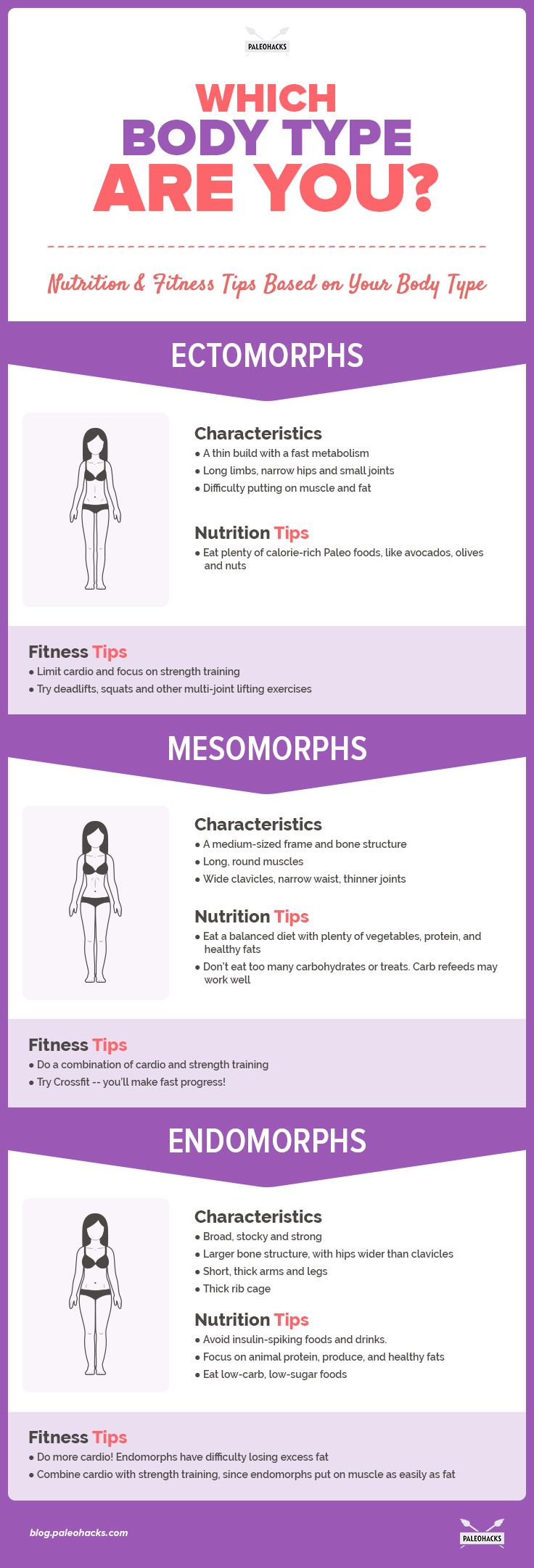


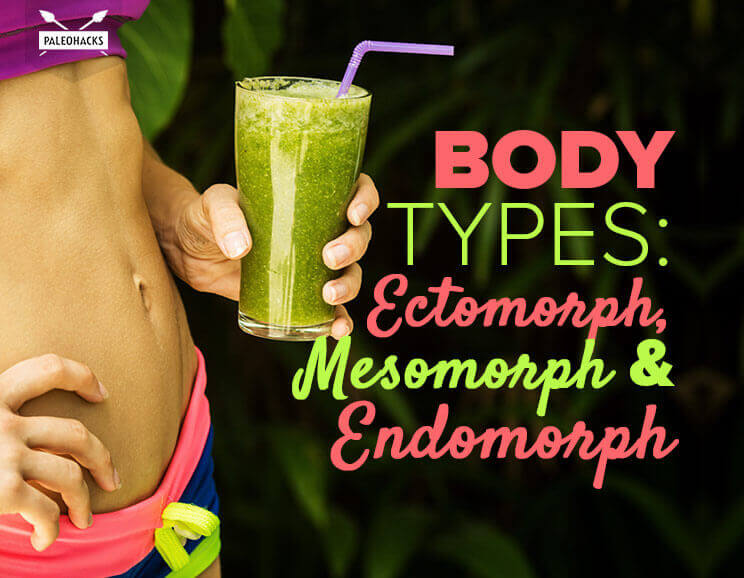


 19 Easy Grilled Desserts
19 Easy Grilled Desserts



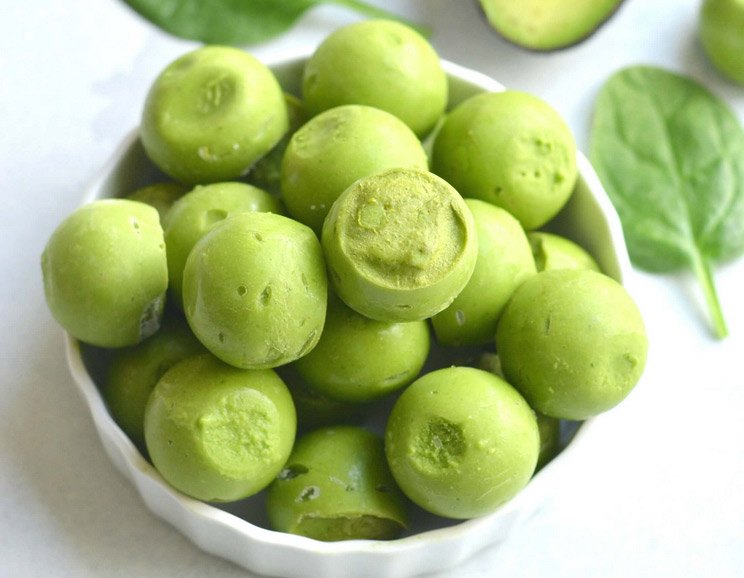
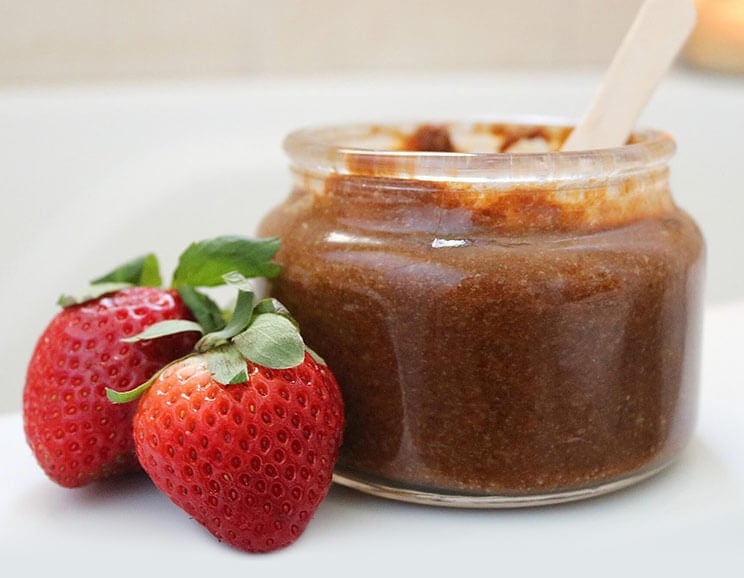
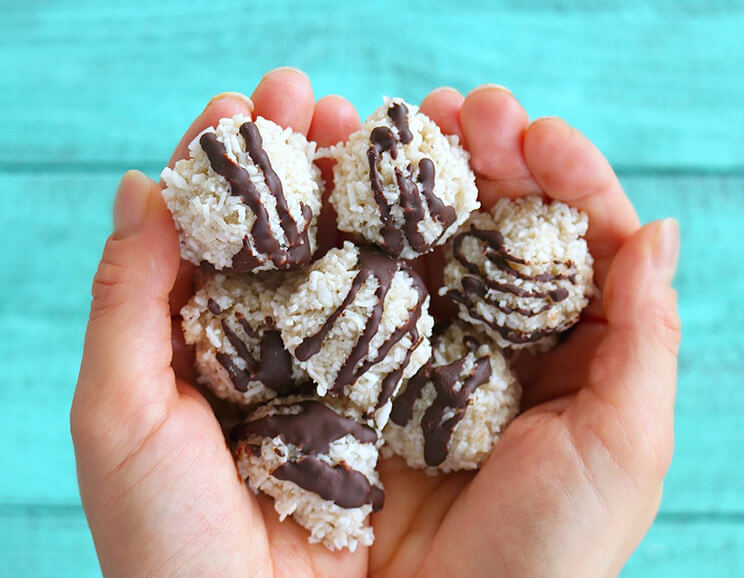
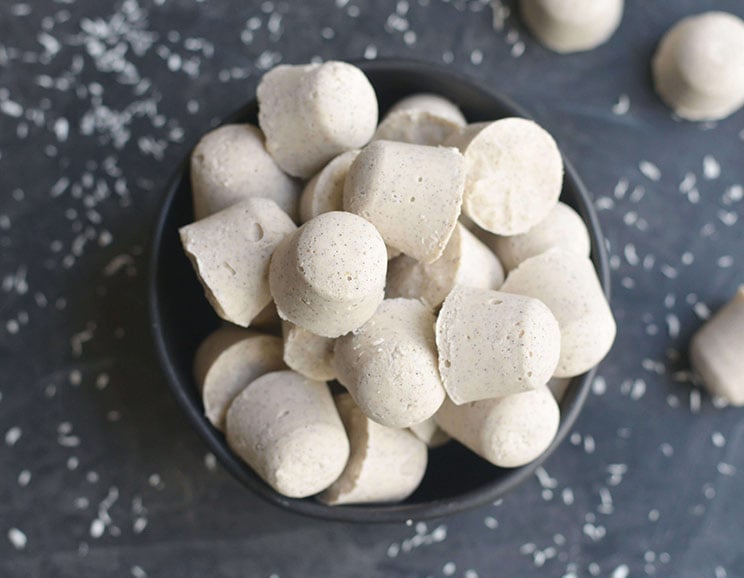

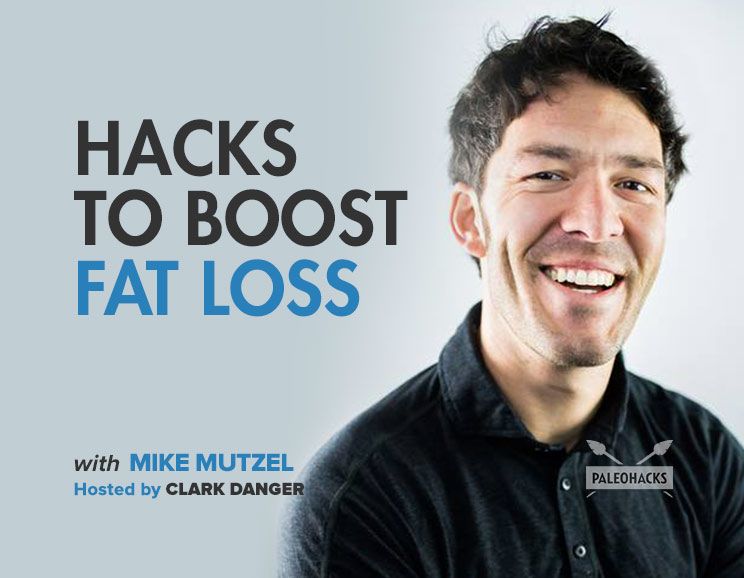
Show Comments